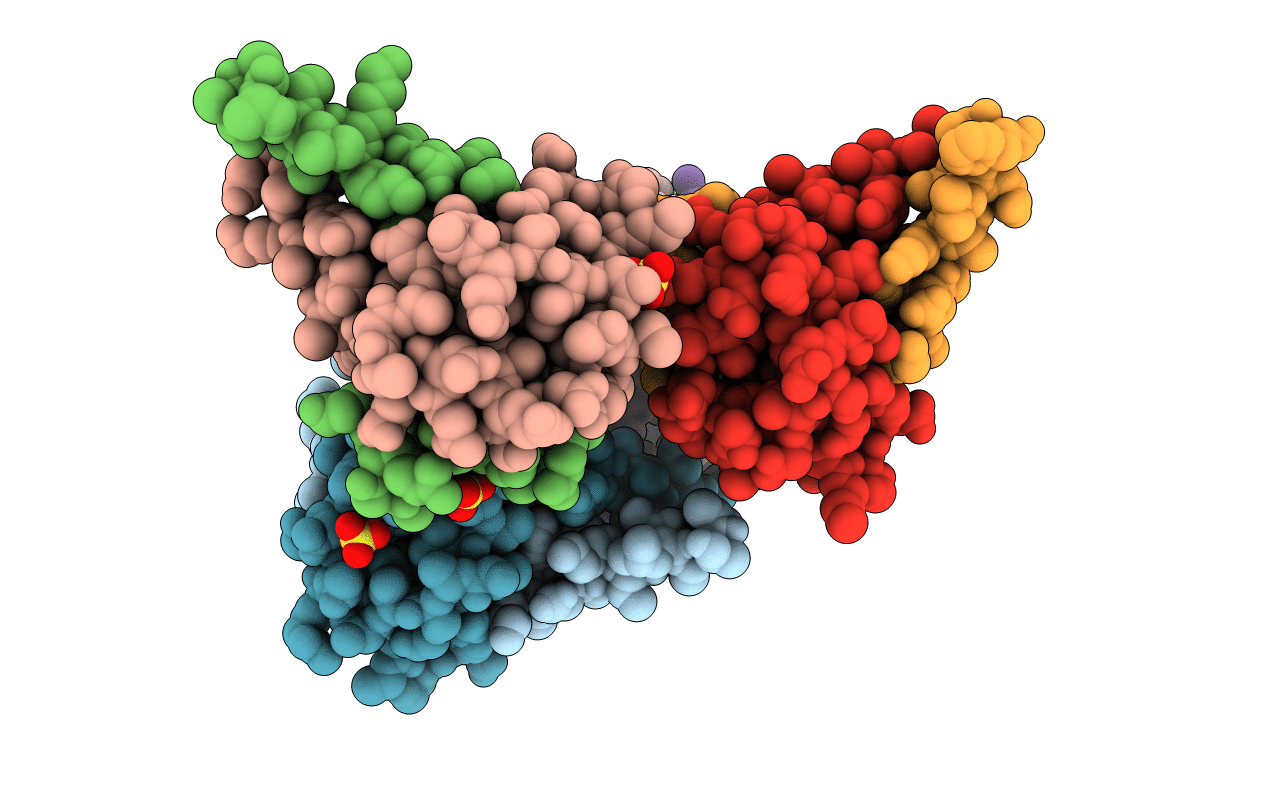
Deposition Date
2009-06-10
Release Date
2010-06-23
Last Version Date
2023-09-06
Entry Detail
PDB ID:
3HS2
Keywords:
Title:
Crystal structure of PHD truncated to residue 57 in an orthorhombic space group
Biological Source:
Source Organism:
Enterobacteria phage P1 (Taxon ID: 10678)
Host Organism:
Method Details:
Experimental Method:
Resolution:
2.20 Å
R-Value Free:
0.27
R-Value Work:
0.22
R-Value Observed:
0.23
Space Group:
C 2 2 21


